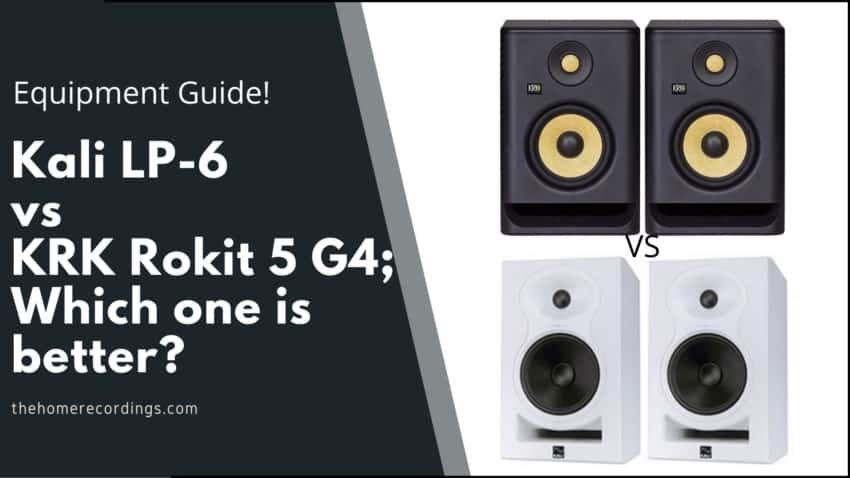Last updated on December 30th, 2023 at 02:57 pm
One brand of monitors that you’ll see in a lot of studios is KRK, and their Rokit 5 G4 are probably the most common ones. The Kali Audio, on the other hand, is a newly formed company that is trying to make a name for themselves, and I’d say they are succeeding.
The Kali LP-6 were released in 2018 and are superb, especially when considering the price, but so are the KRK, plus they are a little cheaper.
So, in this article I will be giving you an overview of both, I will discuss their sound quality, build quality and price, and then I’ll give you my opinion on which one I think you should go for.
So, without any further ado, let’s get started!
Differences between the Kali Audio LP-6 and KRK Rokit 5 G4 monitors
The Kali LP-6 monitors are larger, have a 6.5” woofer, giving them an overall better low-end, and sound more balanced than the KRK Rokit 5 G4. On the other hand, the KRK offer a screen on the back which gives you in-depth control over EQ of the monitors to adjust them to your room which (The Kali only have 8 EQ switches).
Let’s take a quick look at each of the monitors and at the end I’ll give you my honest opinion, or at least try to since this is a fairly tough comparison.
Kali LP-6
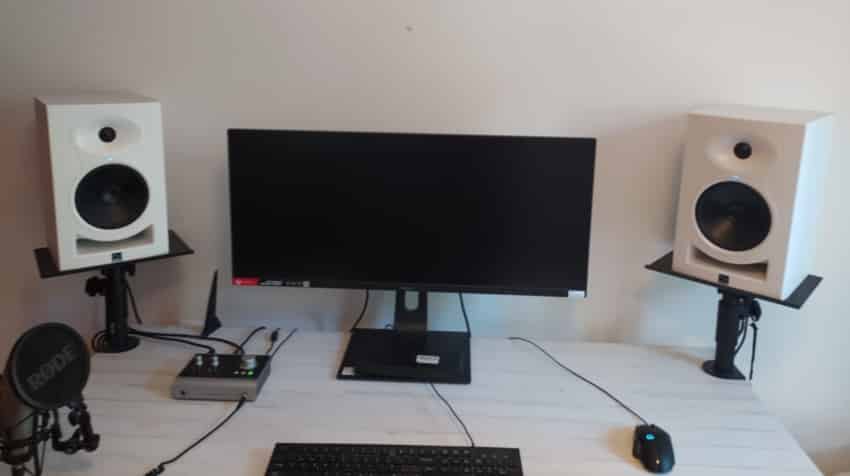
I first got the Kali LP-6 about a year ago and I have to say that I was extremely surprised at their size, since they are much bigger than most other monitors with 6.5” drivers, not to mention 5”-driver monitors, like the Yamaha HS5, Adam T5V, etc., plus they have the bass reflex port on the front, which makes them even bigger.
I got the white ones, because they look much nicer, and set them up on some studio monitor stands.
Quick Note: If possible, always use studio monitor stands. I tried these monitors, as well as many others, by having them set up right on my desk and they sound terrible when compared to how they sound using stands. Just make sure to have the tweeter at ear-height and to point them towards you.
On the back they have a gain control and small EQ switches which allow you to tailor the frequency response to the room, and you can do that by simply following the pictures on the back of the monitors which give you a visual representation of how to adjust those switches depending on where the monitors are positioned.
Build Quality
The Kali LP-6 are definitely built to last: They are extremely solid, heavy, and they seem to be very well put together, so I wouldn’t worry about them breaking on you any time soon unless you treat them poorly.
Connectivity
- 1x XLR.
- 1x TRS.
- 1x RCA.
I am currently using a TRS connection since my Audient iD14 doesn’t come with XLR outputs, but no matter what interface you have, you can definitely connect to the LP-6 without any issues.
Sound Quality
The word I would use to describe the Kali LP-6 is balanced. They don’t have any notorious issues as far as frequency response goes where some may be poking their head out a little too much, which means that they are quite flat-sounding.
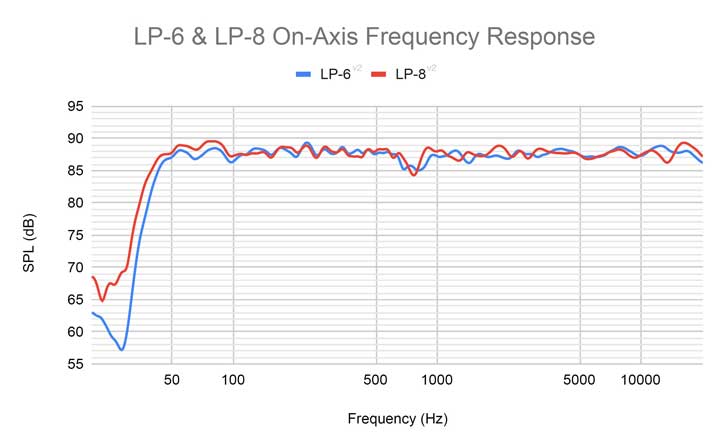
This is something that other monitors don’t do that well, such as the Yamaha HS8, since those tend to have a much more boosted mid-range. Although it’s worth mentioning that that’s on purpose, since the mid-range is a generally problematic area, and having it more emphasized can help you identify problems more quickly.
Generally speaking, sounding balanced, or “flat”, is a very desired quality in studio monitors, and the LP-6 definite have that quality.
I use them for mixing, general music listening, watching movies, etc., and aside from sometimes not being able to listen to the very low end properly in some cases, which might be caused by a lack of proper positioning or some issues with my acoustic treatment, so I wouldn’t blame the monitors on that just yet, I think that they sound absolutely phenomenal.
Price Tag
I’ll just mention this now, but the Kali LP-6 are about 10% more affordable than the KRK Rokit 5 G4, selling at about $200 depending on the retailer, making them an even better choice.
- You can get the Kali LP-6 here: Amazon, Sweetwater.
Both of these monitors are part of my list of the best Studio Monitors under $300 that you should also check out!
KRK Rokit 5 G4
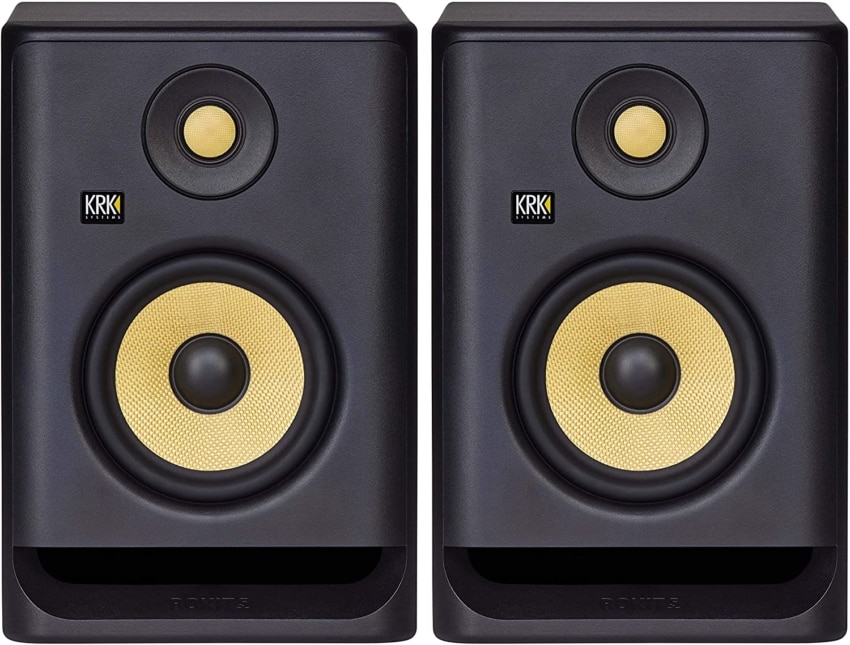
The KRK Rokit 5 Studio monitors are extremely popular, especially in the DJ and EDM circles, and you may have probably seen loads of home studios that have these.
They feature a 5” woofer and a 1” tweeter made out of Kevlar which ensures that the sound is evenly distributed off the cone, which is one of the reasons they are so popular.
Just like the with the LP-6, the KRK Rokit 5 also have the bass reflex port on the front. Now, it’s worth noting that since these monitors feature 5” woofers, whereas the LP-6 feature 6.5” ones, they won’t be able to reproduce low-end frequencies that well.
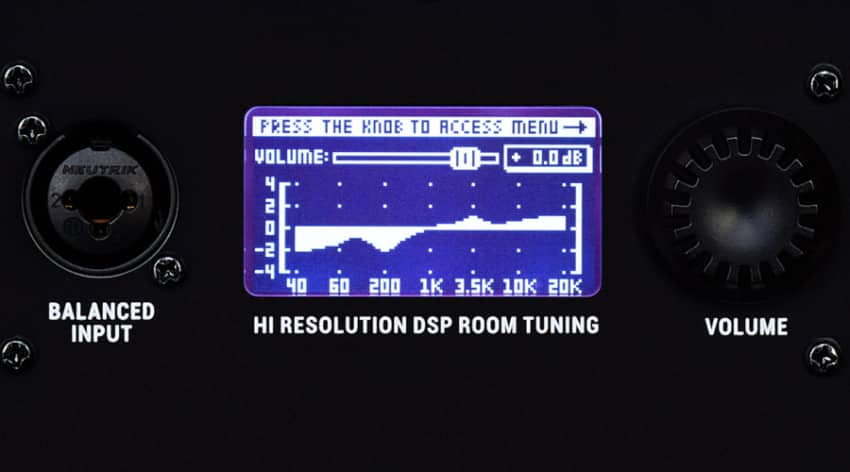
I mentioned that I love the little switchboard on the back of my LP-6s since they let you adjust their sound signature to adapt them to your room. Well, the Rokit 5 are even better in this regard since they feature an LED screen and a whole lot of EQ options, plus you can download the App to get real-time access to spectral analysis, and it can also help you with monitor placement, subwoofer level adjustment, and more.
So, it’s fair to say that as far as the overall built-in features go, the KRK have the Kali monitors beat.
Build Quality
First of all, none of the studio monitors I’ve ever tried, except for maybe the really cheap ones, suffer from poor build quality, and the KRK Rokit 5 are no exception, really.
They feel very well put together, the volume knob, which is also used to control the built-in screen, feels sturdy and durable, etc.
All in all, no complaints in this department.
Connectivity
- 1x XLR/TRS combo.
Note: No RCA.
Sound Quality
Like it tends to happen with most 5” studio monitors, the low end can be a bit lacking.
I do have to say, however, that these are a fairly balanced-sounding pair of monitors, and while not as balanced as the LP-6, they are definitely flatter than something like the Adam T5V (although those have a really nice high end to them).
The highs and mids sound great without being too hyphy, and the low end, despite the 5” woofers, does come through quite nicely, and if you ever need more low end you can always get a subwoofer.
Price Tag
The KRK Rokit 5 G4 generally sell for around $180, but I’ve seen them go for a bit less, which is actually about 10% cheaper than the Kali LP-6, making my final decision a bit harder than with some of the other monitors I compared them to.
- You can get the KRK Rokit 5 G4 here: Amazon, Sweetwater.
Overall Impressions & recommendation
I absolutely love my Kali LP-6 monitors since they sound phenomenal, and when taking the price into consideration they really are a great pair of monitors, and I generally recommend them over almost any other budget studio monitor out there because I sincerely believe that they are better.
However, with the KRK Rokit 5 G4, it’s a bit tougher to decide.
On the one hand, they have a smaller woofer which means that the low end is a bit lacking, but other than that they sound fairly balanced.
What I really like about the KRK is how well the built-in EQ works, plus the App makes adjusting them to your room a bit easier than with other monitors.
If you have a fairly treated room, then I’d go with the Kali, but if you don’t then you might find that the KRK are easier to get sounding good in your room.
